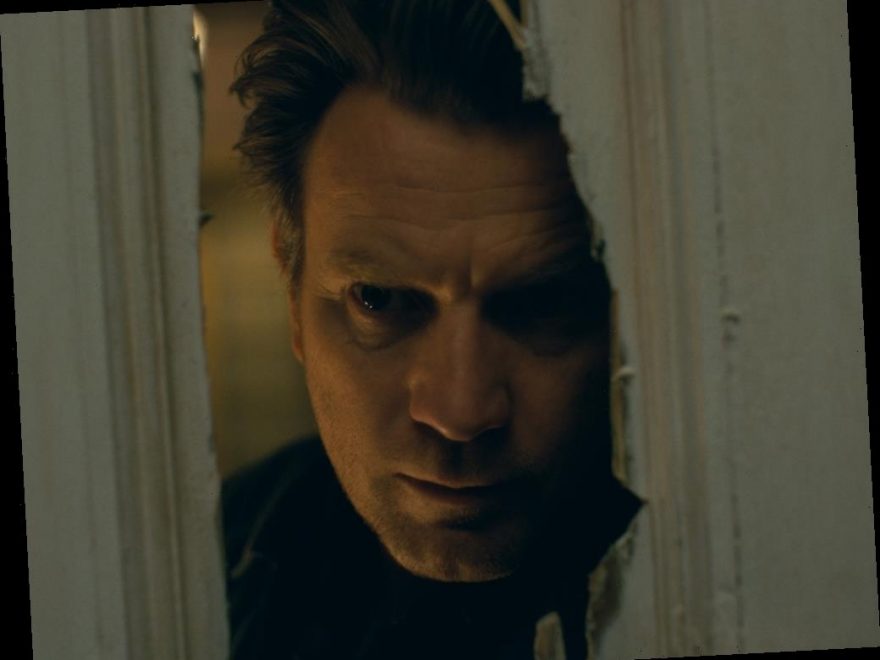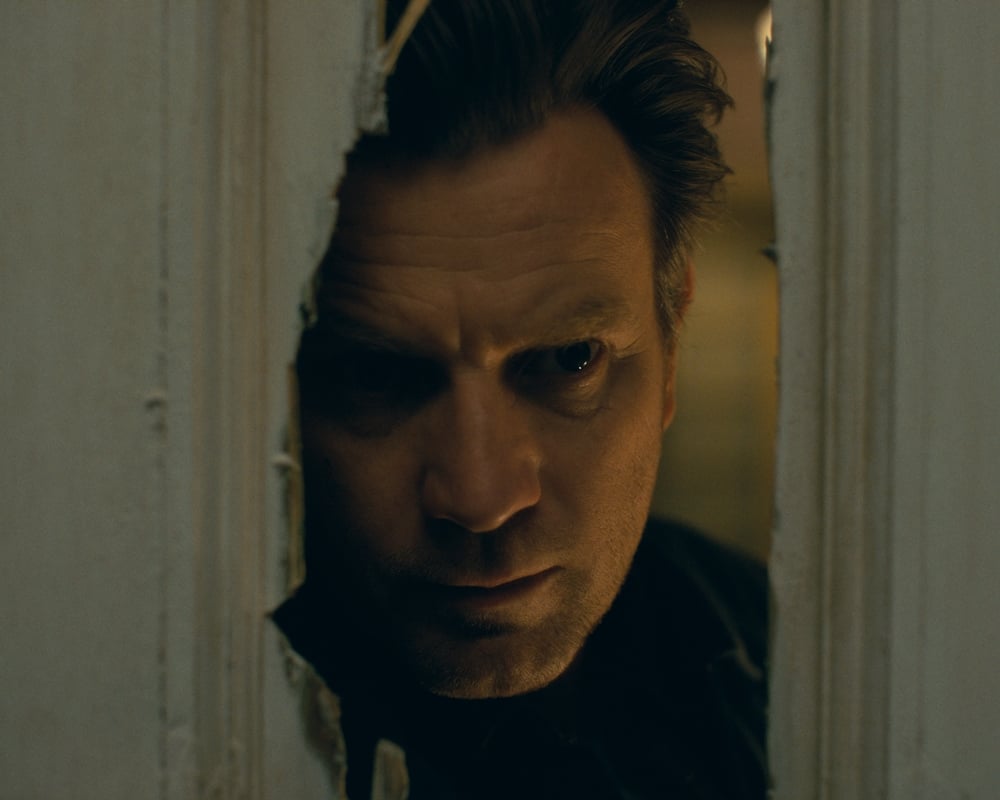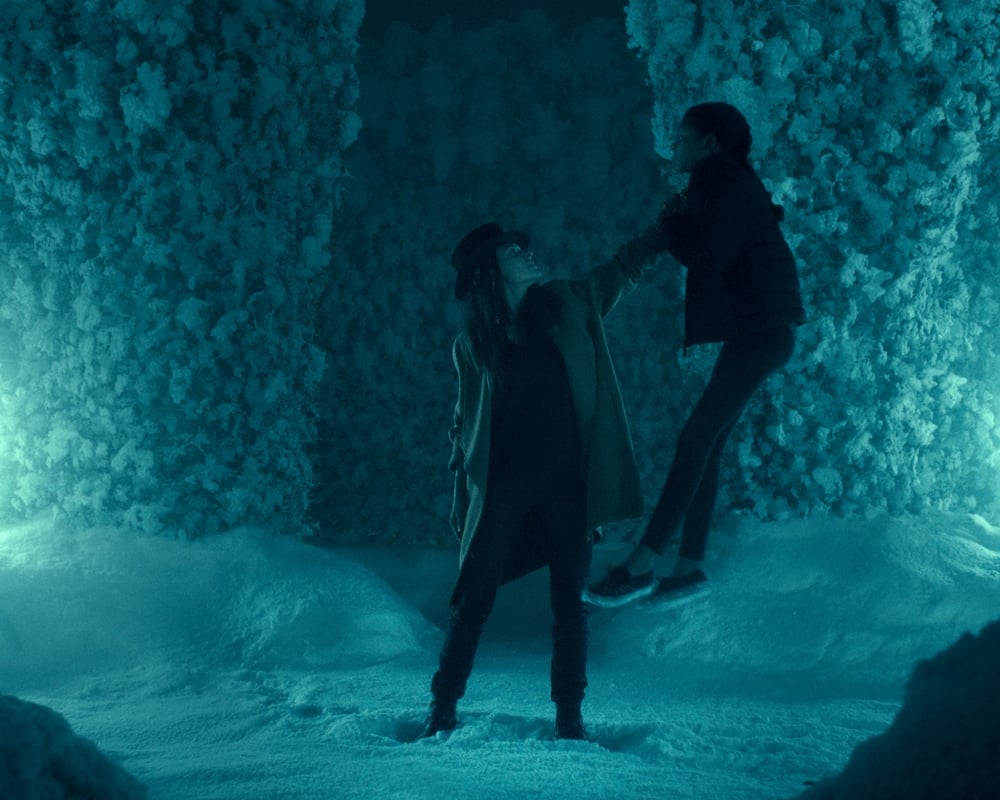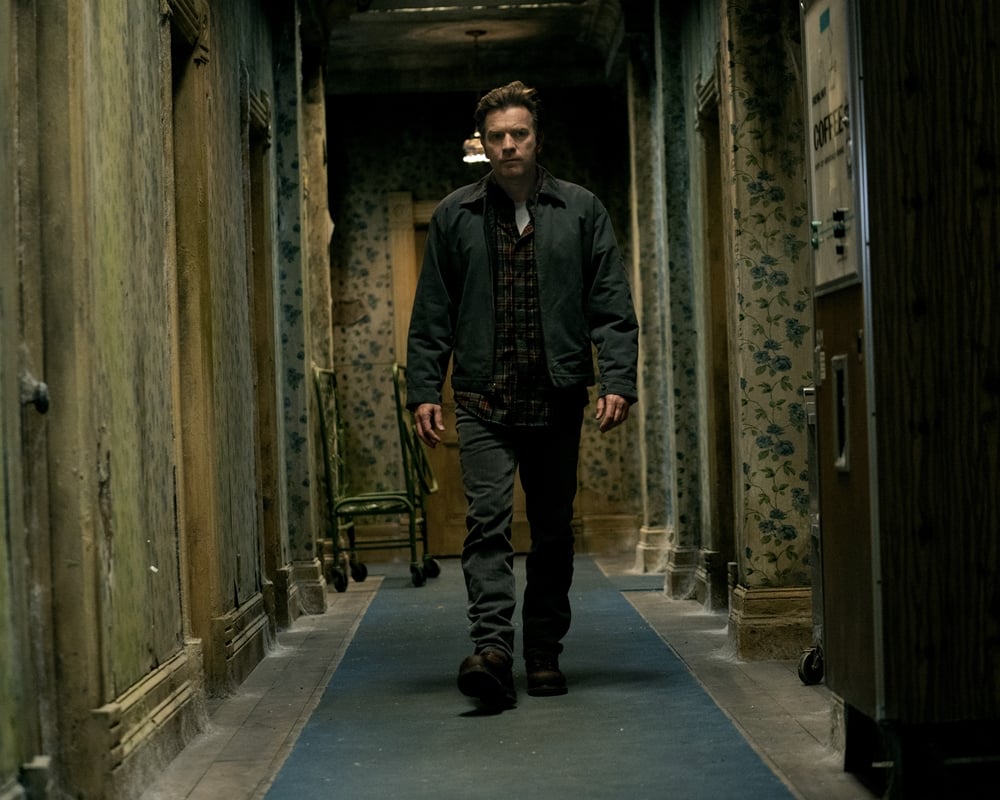First, Stephen King wrote Doctor Sleep, the long-awaited sequel to his seminal book The Shining. Then, writer/director Mike Flanagan made a movie of King’s sequel which served as the long-awaited sequel to Stanley Kubrick’s movie adaptation of The Shining. Now, Flanagan gives King fans even more Shining in the Doctor Sleep director’s cut, which runs a full 30 minutes longer.
30 more minutes is not unsubstantial. Doctor Sleep was already a 152 minute movie. The director’s cut runs a full three hours, but if you love the story, you’ll want to see more. Here is what the director’s cut adds to Doctor Sleep, and whether or not the extensions improve the movie. There are some spoilers for Doctor Sleep here, so do not read unless you have already seen the theatrical cut.
The ‘Doctor Sleep’ director’s cut is more like a book
The most noticeable addition to the Doctor Sleep director’s cut is the addition of chapter titles. King’s book has chapters, but Flanagan’s chapter titles do not correspond to any of King’s. He made up his own headings.
The moment “Chapter 1: Old Ghosts” appears on screen, it feels more like an epic book. The director’s cut breaks the film into six total chapters, with the titles “Little Spy,” “Turn, World,” “Parlor Tricks” and “What Was Forgotten.” They break up sections of the movie intuitively.
“Old Ghosts” deals with Dan Torrance (Ewan McGregor) dealing with the spirits of the Overlook hotel and his own alcoholism. “Little Spy” deals with Abra (Kyliegh Curran) developing her powers to see the True Knot’s murderous activities. “Turn, World” gets deep into Abra and Rose (Rebecca Ferguson)’s manipulation of their shining to stalk each other.
“Parlor Tricks” deals with Dan and Abra’s plan to take out the True Knot, and “What Was Forgotten” rightfully applies to their return to the Overlook for the finale. There was no problem following one continuous story in the 152 minute theatrical cut, but at three hours, these dividers give more of a sense of laying the groundwork for an epic tale.
These ’Doctor Sleep’ scenes are back in the director’s cut
Any adaptation has to make some tough choices. They can’t fit the entire book into a movie. Plus, Kubrick’s movie changed enough of King’s original book that the film adaptation had to address the world of the film, which necessitated some changes to King’s Doctor Sleep.
The director’s cut restores a few of King’s scenes that just didn’t fit for time. Abra’s piano playing as a child was an innocent early demonstration of her powers. The film didn’t need it, but they filmed it. She doesn’t play a Beatles song though. That would have been too expensive for the movie.
Another scene from the book involved Abra creating an earthquake with her powers. An earthquake on the east coast was unusual enough that the True Knot suspected it had to be the psychic girl they were looking for. A scene addressing her earthquake is back in the director’s cut too.
Since the Overlook burned down in Stephen King’s first book, there’s no visit to the hotel in his sequel. The scene of Dan confronting his father Jack (Henry Thomas) was an all new treat in the movie. The director’s cut adds an additional scene with Jack. After they speak at the bar, Jack whisks them to a bathroom for more.
Director’s cut or theatrical cut?
As nice as it is to see additional scenes from Stephen King’s book brought to life, and as nice as it is to see more scenes of Dan confronting his past, the Doctor Sleep director’s cut feels too long. Three hours in itself is not too long for a great movie, but the film worked so well at two and a half that adding to it just feels like dragging it out to the same conclusion.
The 152 minute cut also gave Doctor Sleep a nice symmetry with The Shining. The Shining ran 146 minutes, but without end titles both movies feel about the same. If you’re a fan, you’ll want to see more of Doctor Sleep, but once you’ve taken your medicine, you’ll probably prefer the theatrical cut to revisit for subsequent viewings.
Source: Read Full Article




